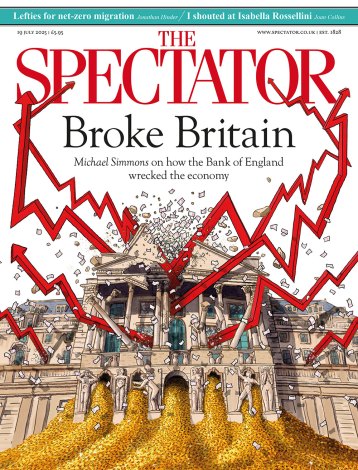Los Angeles

Baseball is the best American sport. It’s great because it’s timeless — it exists in a space beyond time. Unlike other major sports, baseball requires no clock. It’s a ballet of set pieces — at-bats, walks, strikes, balls — and bursts of motion. The grace of a swing, the artistry of a double play — none of these run to the ceaseless demands of a clock.
It’s a balance between individual achievement and team play. We know the names of the individual greats, but it requires a team of great individuals to win the World Series. The tension can be incredible. A flamethrowing pitcher facing down a slugger with the game on the line; the junkballing reliever trying to struggle out of a bases-loaded jam with a one-run lead. Baseball is like life: placidity punctuated by stress. Baseball is great because it is classic — because we can measure the numerical achievements of past players against current players, speculate about whether Babe Ruth would have been able to compete in today’s game, discuss endlessly with friends and parents and children who the best centerfielder of all time was (for the record, Ty Cobb). Baseball is great, too, because baseball’s history is tied to the social history of the United States. Babe Ruth goes hand in hand with the roaring 1920s; Joe DiMaggio and Ted Williams take us back to the second world war; and of course, Jackie Robinson reminds us of the goodness of human beings and the courage of heroes. But baseball is under fire — largely for political reasons. Michael Powell of the Globe and Mail says that baseball is simply too white, despite the fact that as of 2017, 32 per cent of players were Latino, and 43 per cent weren’t white. There has been a significant decline in the black population of Major League Baseball, but it’s difficult to attribute that to racism. More likely, that decline is a result of the growth of basketball and football, which have drawn top athletic talent away from baseball; or the increasing cost of playing youth baseball; or the fact that baseball is far better in person than on television, making it expensive to follow. There are also studies that suggest that top-tier baseball players are often trained by their fathers — that having a catch with dad is an imperative part of baseball development, and so children without fathers in the home are less likely to succeed in baseball. Out-of-wedlock birth is strongly correlated with the drop in black players in Major League Baseball. According to Powell, however, the whiteness of baseball is indeed more broadly linked to racism. In this theory, black players don’t want to play baseball because baseball crowds are white, and thus more racist than crowds in other sports. As an example of this racism, Powell cites the case of Josh Hader, a 24-year-old relief pitcher who tweeted out some nasty and racist sentiments when he was 17. After apologising profusely, Hader was welcomed back to the mound with a standing ovation. Powell suggests that this welcome was related to the crowd’s subtle approval for his old tweets — that if a black player had misbehaved in similar fashion, he would meet with different treatment. But that’s obviously ridiculous: Barry Bonds, who is black, received three standing ovations on his return from the disabled list in 2005, despite being dogged by steroid allegations. The white former Atlanta Braves All-Star closer John Rocker’s career never recovered from making racist comments in Sports Illustrated, by contrast. Hader was treated with care by the fans because they wanted to signal that they weren’t going to penalise him for tweets written when he was a high school junior so long as he repented. Then there are the allegations that baseball is too white because baseball treasures tradition — that the sport is too steeped in its fuddy-duddy ways. That was the case made by Jay Caspian Kang in the New York TimesThere has been a decline in the black population of Major League Baseball, but it’s hard to attribute that to racism





Comments